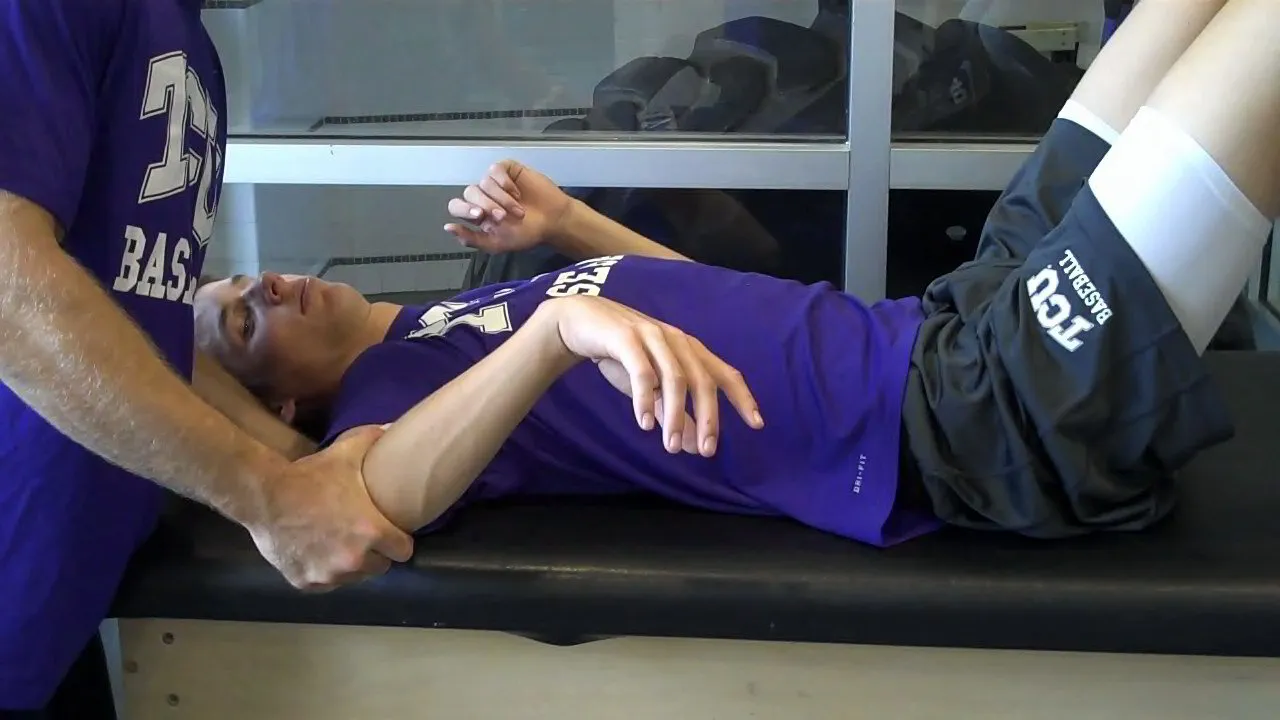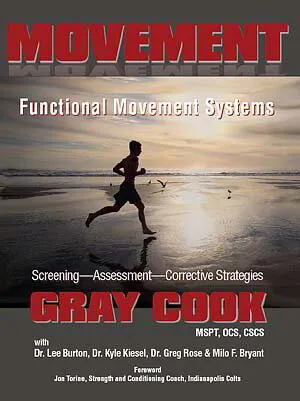I got a question this past weekend from an athletic trainer on my article he saw in the December 2010 Training and Conditioning Magazine.
I read the article that you wrote in December of 2010 about the screening process and conditioning routines that you put your pitchers through throughout the year. We utilize a similar process that I started this past year. I also utilize Gray Cook's FM screening, but I read that you have modified it and changed the order to fit more specific needs of a pitcher. Is there anyway that you can send me a basic outline of your program so I can compare it to what I have come up with and share more information with our pitching coach to try to improve our performance and technique. Thanks for your time and help. Good luck for the rest of your season.
Thanks for your question. I include tests for lat length, pec minor length, scapular stability, ankle mobilty, and the Thomas test for psoas and rectus length. We measure internal and external rotation at the hips and shoulders. On top of this I do breakout sessions which are dependent upon score. Often times a perfect score on certain parts of the screen will negate the need to search for more issues. If an athlete scores poor we will go deeper with a breakout seession, as Gray Cook calls them I believe, and look for a more specific issue. All in all it depends on the athlete as to how much we look at and how deep we probe.
Remember we're always looking for dysfunction in movement patterns. If there isn't a gross dysfunction don't go searching for problems. I get asked often as to why I measured one athletes ankle mobility but didn't measure another. Its most likely due to the fact that the other athlete didn't have a dysfunctional movement pattern that could be caused by an ankle restriction. They may in fact have a restriction or limitation if we dug deep enough but since it doesn't affect their movement, we really have no reason.
A lot of the shoulder portion of the screening is determined by the athlete's injury history, and / or pain. We do a fairly thorough evaluation for internal and primary impingement is there is has been or was a recent problem.
If you do a lot with movement screening, Gray Cook has a new book out titled Movement: Functional Movement Systems: Screening, Assessment, and Corrective Strategies. It deals a lot with his breakout sessions and where to go when a certain pattern produces a dysfuction. I'm still working on it but I've heard great things about the material within.


